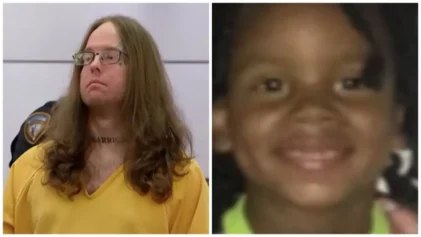
The study, conducted by lead author Antonya Gonzalez and other UBC researchers, found that telling stories of African-Americans “contributing positively to the community” was successful in reducing implicit racial bias in children aged 9 to 11. According to Eureka Alert, the analysis is the first of its kind to examine developmental differences in the ability to decrease racial prejudice in kids.
“Institutional and systematic forms of racism continue to be a pressing social issue, especially with the recent high-profile police shootings of African-Americans,” said Gonzalez, who is also a graduate student at UBC’s department of psychology. “This study suggests that if we want to start having a conversation about reducing implicit racial bias in adults, we need to intervene in the minds of children when prejudice first starts to take root.”
Conducted at UBC’s Living Lab at Science World in Vancouver, the study’s methodology involved researchers recruiting 369 white and Asian children between the ages of 5 and 12. The children were then told four fictional short stories. A third of the participants heard stories that depicted Black people positively giving to the community while another third of the participants heard the same stories, but with white characters.
After story time, each child was asked to complete a test that measured implicit bias. Participant responses were analyzed by how quickly images of white and Black people were paired with positive or negative descriptors.
To their surprise, researchers found that the positive stories of Black people had little to no effect on the implicit bias of younger children aged 5 to 8.
While older children who heard stories with the white characters also showed favor of white people over Blacks, those who heard stories of Black people positively contributing to their community did not exhibit automatic racial bias or a preference for either race.
Though ineffective on younger children, the study results suggest that exposure to positive stories and imagery of African-Americans is efficient in reducing implicit racial biases in older children.
The analysis also reinforces an idea African-Americans have been pushing for years — the importance of positive representation. From the “stereotypical Black character” in blockbuster movies to high-profile news stories covering Black criminality, it’s oftentimes hard to find positive, and accurate, depictions of Black Americans.
For instance, Fox’s prime-time smash hit Empire paints matriarch Cookie Lyon as a loud, “ghetto” ex-con while her former husband, Luscious Lyon, plays the role of a manipulative, cold-blooded killer who stops at nothing to destroy those who get in his way.
In the realm of books and literature, positive Black characters are often underrepresented — if they appear in storybooks at all.
Yet, the most criminalizing and distasteful images of Black folk can often be found in the news media. As the country continues to grapple with the issues of strained race relations and police brutality, the media finds ways to deepen the divide by manipulating the focus of said news stories.
For example, in the case of 37-year-old Alton Sterling, the Baton Rouge man gunned down by police last week, focus on the officers’ unwarranted lethal conduct was quickly shifted to Sterling’s past criminal record. This is just one instance in the media’s petty trend of criminalizing Black victims.
In another incident unrelated to police brutality, the criminal history of a father whose son fell into a gorilla enclosure at the Cincinnati Zoo was also outed for public consumption. The unwarranted revelation didn’t add much value to the story, however, as the father wasn’t present at the time of the accident.
“In my mind, it’s all about positive programming or positive brainwashing,” said Candace Edwards, an Illinois mother who launched her own children’s book series promoting positive imagery of Black kids. “I feel like perception equals reality. And so unfortunately, we do see a lot of negativity in the news about people of color. And you’re gonna start to believe it if you see it all the time. So we need to put something else out there.”


